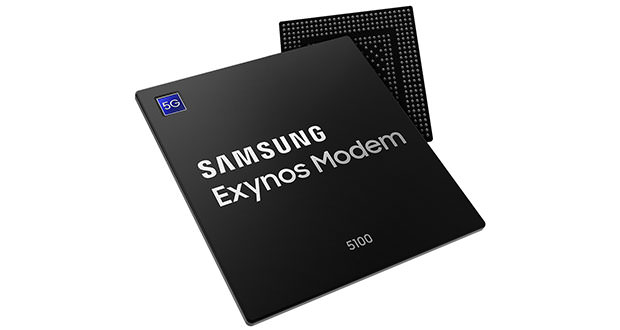Samsung releases the first multi-mode 5G Modem: Here is Exynos Modem 5100
Samsung has announced the world’s first commercial multi-mode 5G Modem, able to connect to the main network technologies spread today.
Samsung has announced the brand new Exynos Modem 5100, defined by the same manufacturer as the first multi-mode 5G modem in the world. Recently, many companies have talked about their 5G modems, such as Qualcomm Snapdragon X50, Samsung typically prefers to talk about its technologies only near the debut. The new modem was expected at the last Mobile World Congress, but expectations were disappointed by its absence.
After all, the 5G is on the way, but not so close, with the first mobile devices to support the new network technology that are expected to debut for 2019. Samsung Exynos Modem 5100 is, according to the Koreans, the first multi-mode solution of the market, or a single standalone chip capable of managing all the most widespread network technologies: in addition to supporting frequencies below 6 GHz and mmWave, the chip can connect to 2G GSM / CDMA networks, 3G WDCMA, TD-SCDMA, HSPA and 4G LTE.
Samsung specifies this feature especially as opposed to the Qualcomm modem, since X50 requires an additional modem (for example: in the SoC of a hypothetical mobile terminal) to offer the latest connectivity options and offer multi-mode. In terms of specifications, the new modem supports carrier aggregation 8x technology in the 5G NR and LTE modes, and should achieve Category 19 LTE speed, with a maximum of 1.6 Gbps.
Taking advantage of the 6GHz frequency for the 5G the modem is capable of reaching 2 Gbps in download, while with mmWave it will reach 6 Gbps. As for the 5G NR mode, the modem can work with 8 channels at 100 MHz, while for LTE radios the channels will operate at 20/160 MHz. The uplink band is offered with 2x carrier aggregation technology both in 5G NR and in LTE. The modem also integrates RF IC / Radio front-end parts and power management controllers.
Exynos Modem 5100 is produced with 10LPP production process, with commercial availability expected by the end of 2018.

